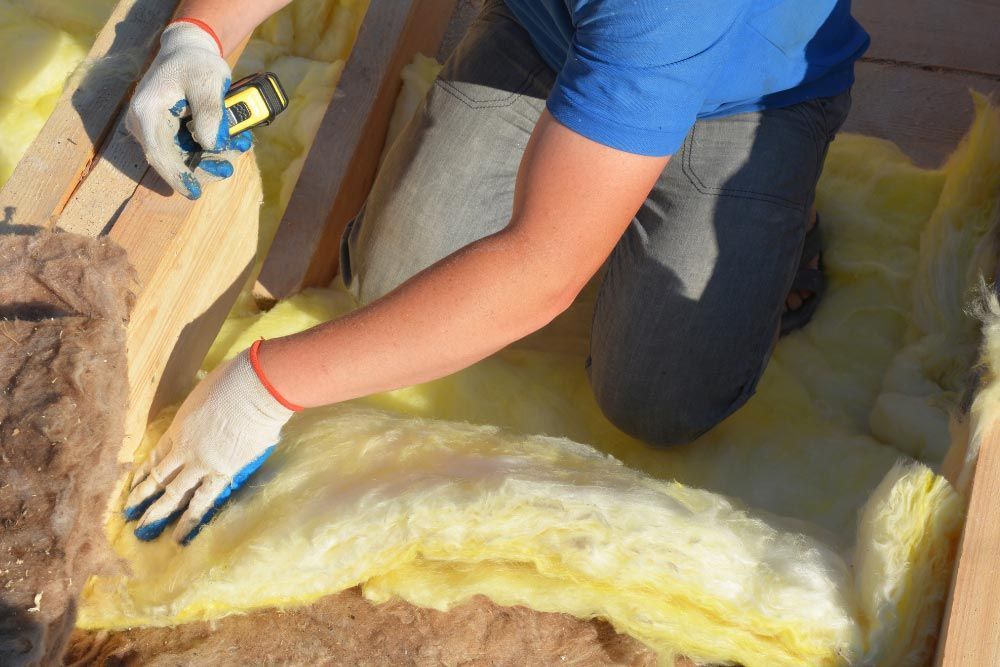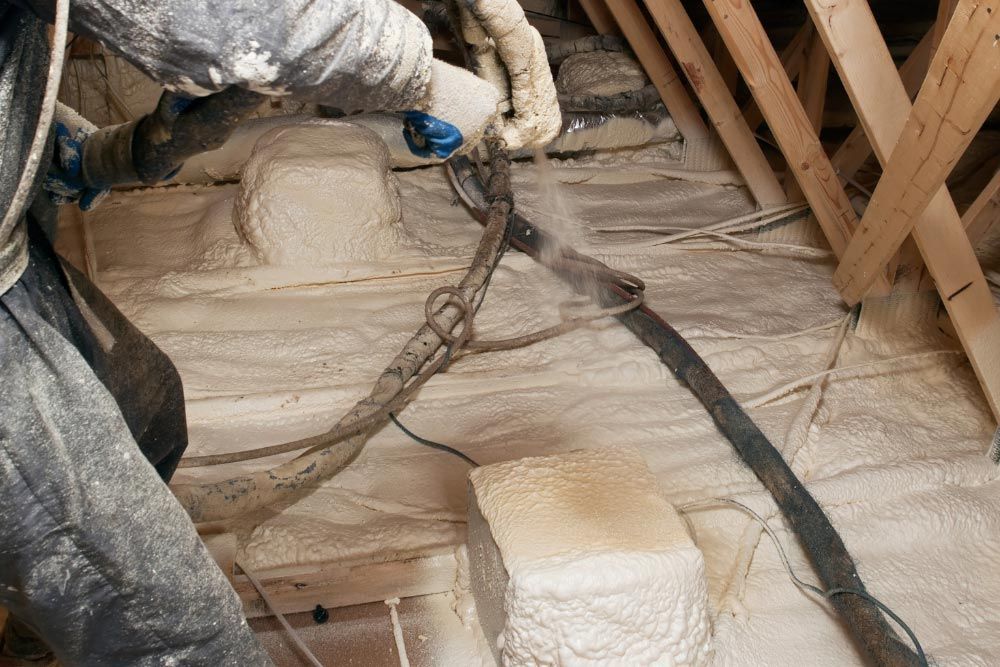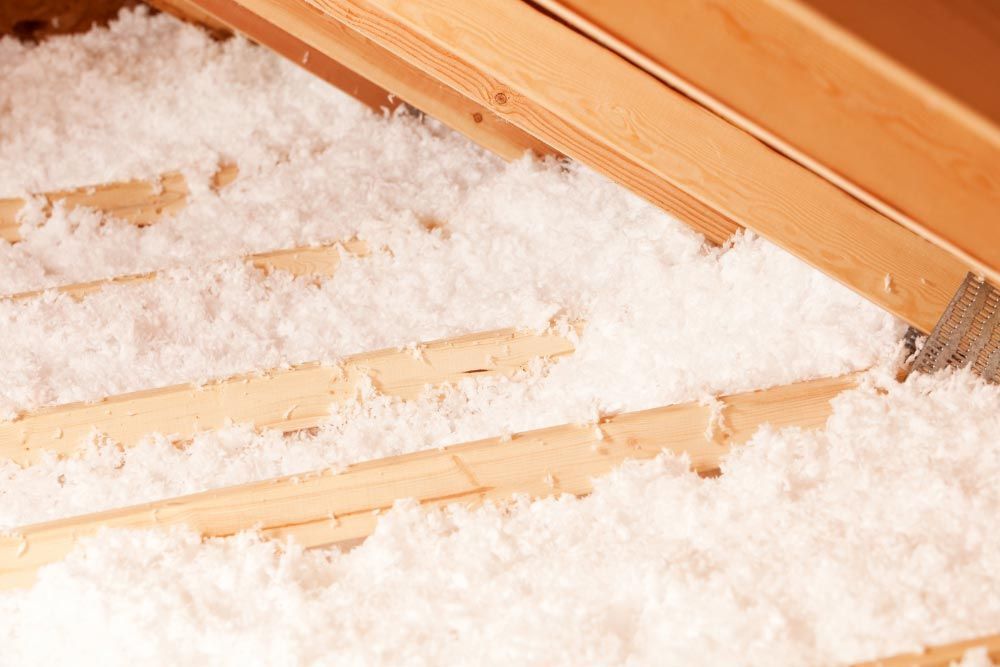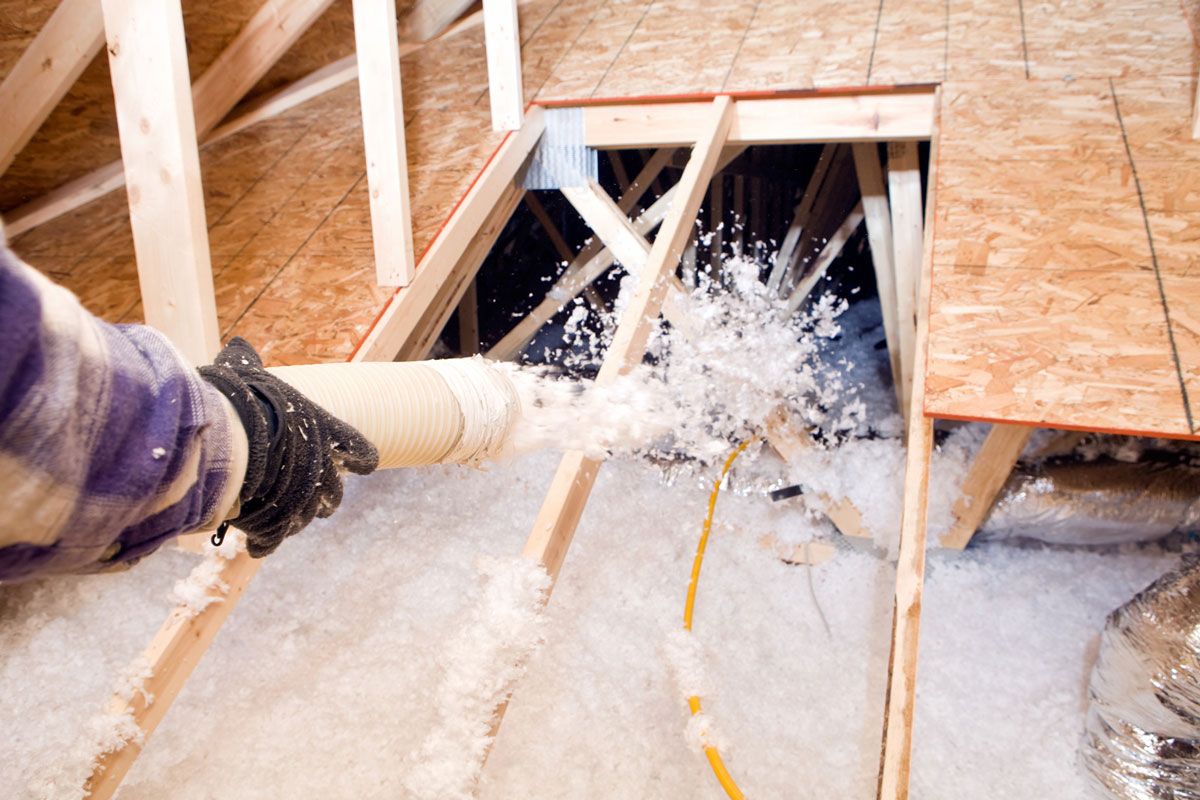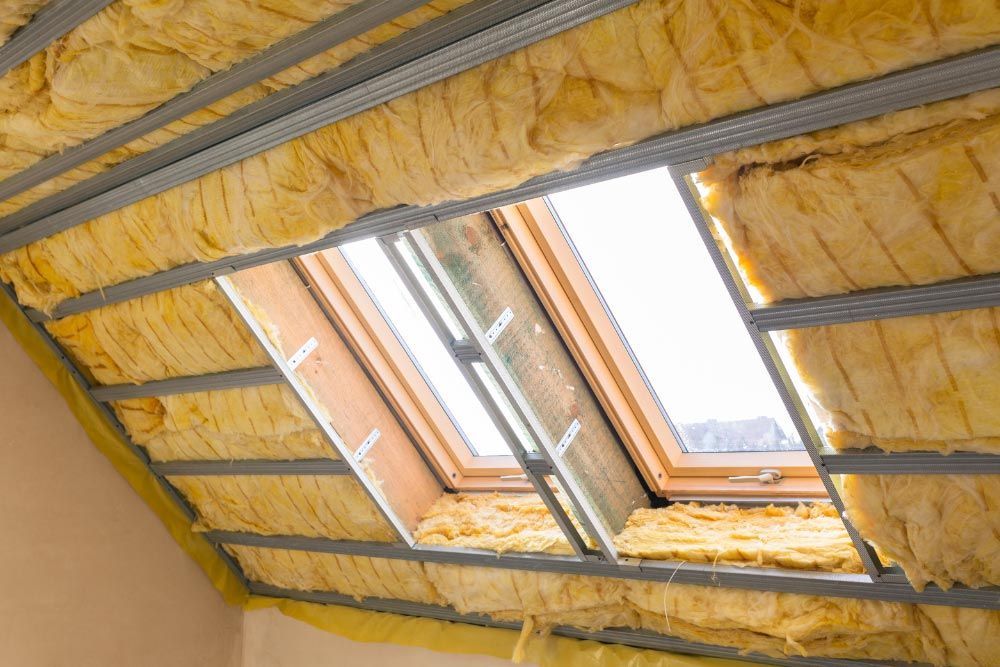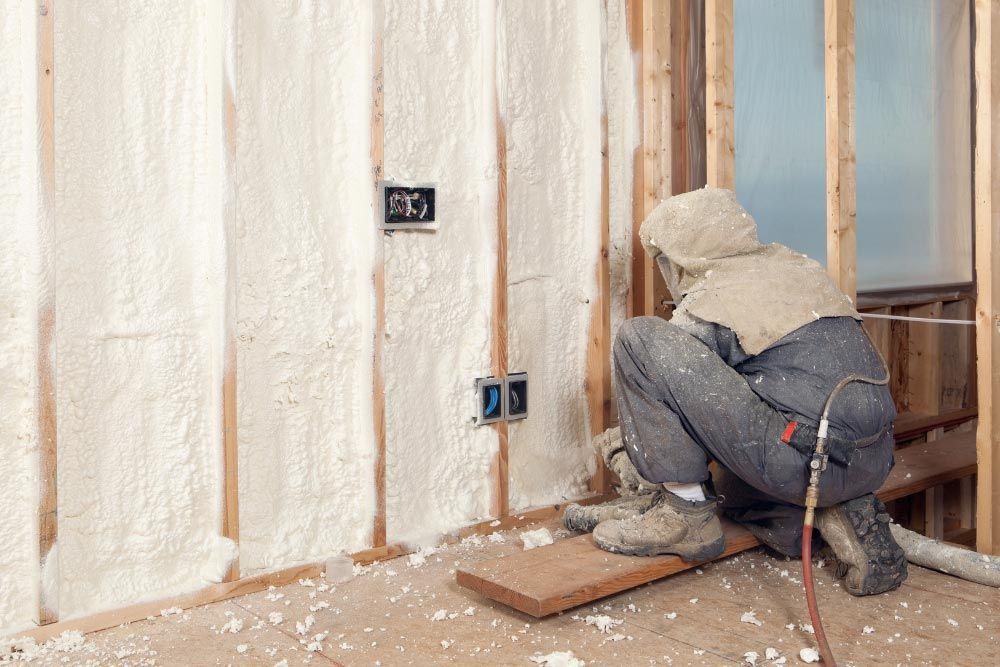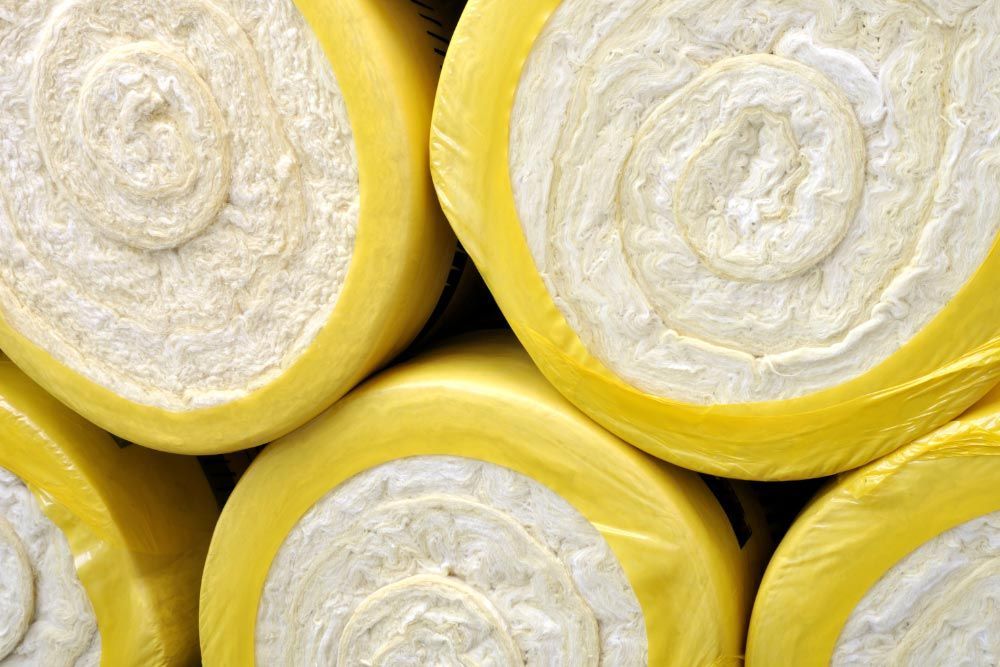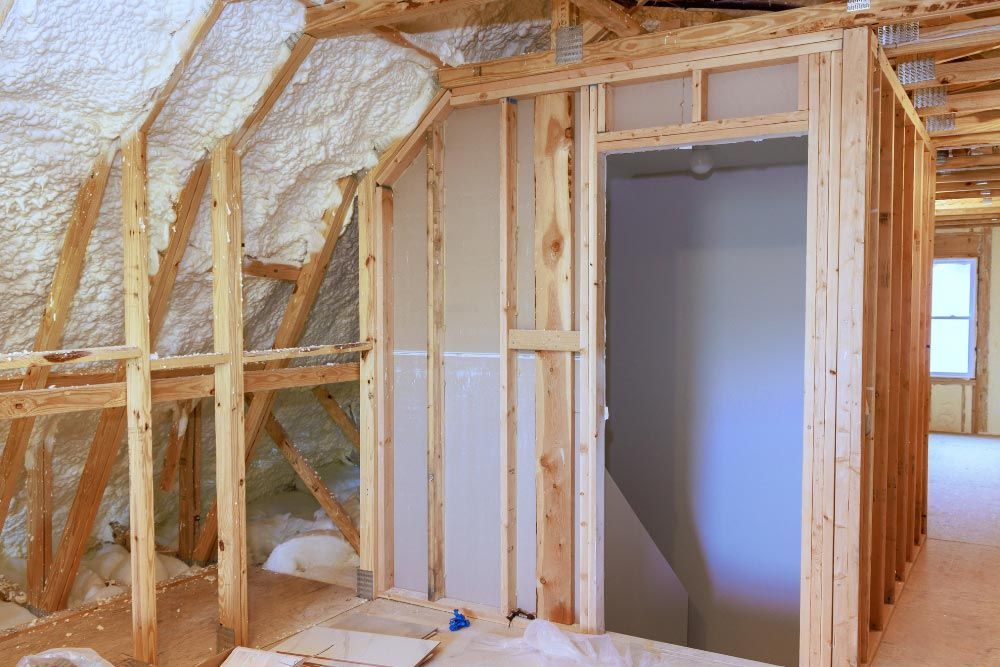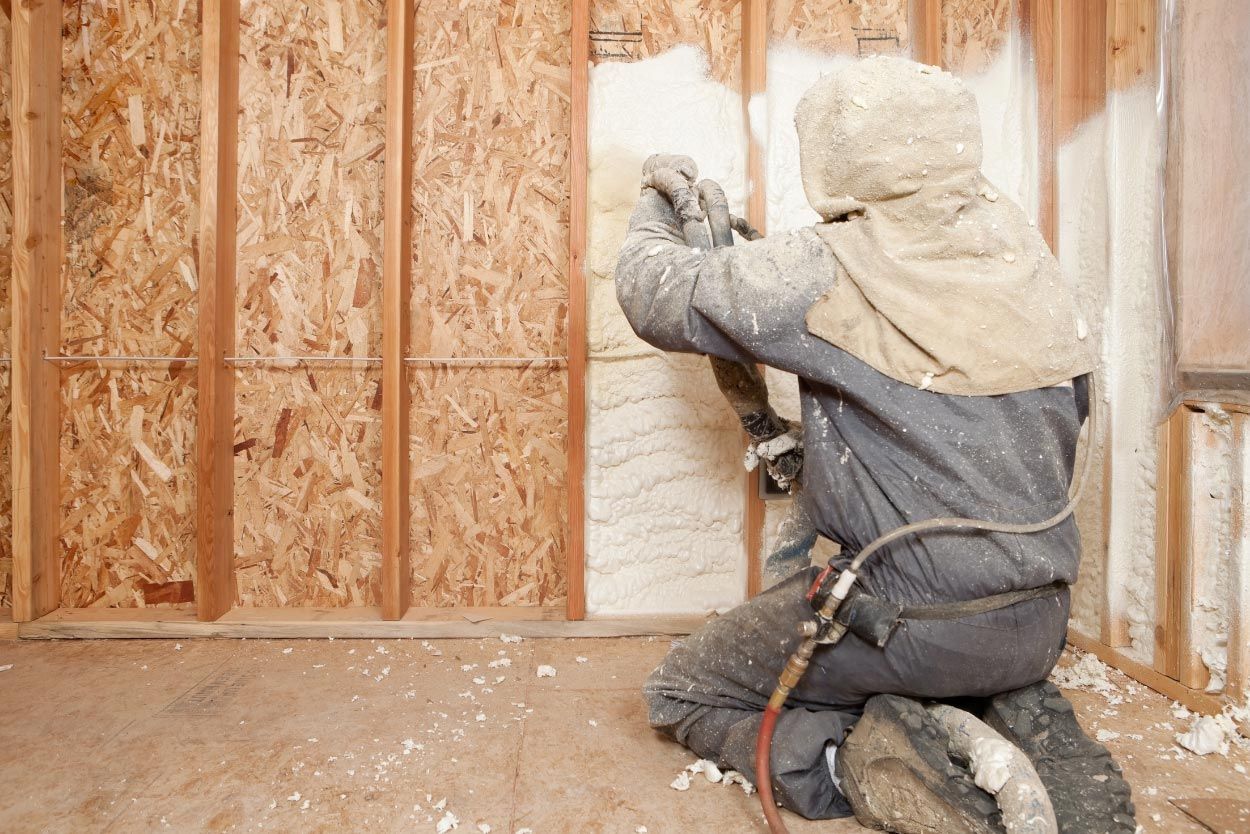Spray Foam vs Fiberglass Insulation: Which Is Better for Your Home or Business?
When you’re insulating your home, garage, barn, or commercial building, two of the most common choices are spray foam insulation and fiberglass insulation. Both have been used for decades, but they work in very different ways, and their performance, cost, and lifespan can vary significantly.
In this detailed guide, we’ll break down how each insulation type works, their pros and cons, building code compliance, and real-world performance based on research. By the end, you’ll have the facts you need to make the right choice for your property.
Why Does the Type of Insulation You Choose Matter So Much?
Before we compare the two, let’s make sure we understand what they are.
Spray Foam Insulation
Spray foam is a liquid insulation that expands up to 30–60 times its volume once sprayed. It comes in two main types:
- Open-cell spray foam – lighter, more flexible, R-value around 3.5–4 per inch.
- Closed-cell spray foam – denser, more rigid, higher R-value around 6–7 per inch, also acts as a vapor barrier.
It’s known for creating an
airtight seal that stops air leaks, something fiberglass struggles to do.
Fiberglass Insulation
Fiberglass insulation is made from fine glass fibers formed into batts, rolls, or loose-fill. It’s widely available and inexpensive. Standard R-values range from 2.2–2.9 per inch, depending on density and installation quality.
Fiberglass works by trapping air pockets, slowing the transfer of heat. However, because it’s not airtight, it allows some air movement unless paired with a separate vapor barrier.
Thermal Performance: The R-Value Showdown
R-value measures an insulation’s resistance to heat flow, higher is better. But here’s the catch: R-value alone doesn’t tell the whole story.
| Material | R-Value Per Inch | Air Seal | Moisture Resistance |
|---|---|---|---|
| Open-cell Spray Foam | 3.5–4 | Excellent | Moderate |
| Closed-cell Spray Foam | 6–7 | Excellent | High |
| Fiberglass Batts/Rolls | 2.2–2.9 | Poor | Low |
Why Spray Foam Often Outperforms on Paper
Even if the R-value of fiberglass seems decent, small air leaks around outlets, framing gaps, and seams can cut actual performance by up to 25%, according to the U.S. Department of Energy. Spray foam, with its airtight seal, retains its stated R-value in real-world conditions.
Which One Handles Moisture and Mold Better?
Energy loss isn’t just about heat transfer, air leakage is a major factor.
- Spray foam expands to fill gaps, stopping drafts and reducing the load on heating and cooling systems.
- Fiberglass can’t stop airflow on its own; wind washing (movement of air through insulation) can significantly reduce effectiveness.
Building Code Note:
Under the 2021 International Energy Conservation Code (IECC), residential homes in Colorado’s Climate Zone 5 must meet certain air leakage and insulation requirements. Spray foam often meets both air sealing and R-value requirements in a single application, while fiberglass typically requires a separate air barrier to comply.
How Do They Hold Up Over Time?
- Spray Foam – Lasts 50+ years without sagging or settling. Closed-cell foam even strengthens wall structures.
- Fiberglass – Can slump or settle over time, creating gaps. Moisture exposure can ruin its insulating properties and promote mold growth.
A study by the National Association of Home Builders found that spray foam insulation maintained over 95% of its original R-value after 20 years, while fiberglass showed performance drops due to compaction and air leakage.
Spray Foam Installation
- Requires trained, certified installers.
- Applied with specialized spray rigs.
- Sets within minutes, creating an instant barrier.
Fiberglass Installation
- Can be DIY-friendly, but prone to gaps if not installed perfectly.
- Requires careful fitting to avoid compression (which reduces R-value).
- Itching and respiratory irritation are common without protective gear.
Safety Compliance
The Occupational Safety and Health Administration (OSHA) requires protective equipment for spray foam application to avoid chemical exposure during installation.
Cost Comparison
What About Cost? Which One Fits Your Budget Better?
Cost is often a deciding factor, so let’s break it down.
| Space Type | Spray Foam Cost (Installed) | Fiberglass Cost (Installed) |
|---|---|---|
| 20x20 Garage | $1,200 – $2,400 (Closed-cell) | $600 – $1,000 |
| 1,000 sq. ft. Attic | $2,000 – $4,000 | $1,000 – $1,800 |
| 1,500 sq. ft. Home Walls | $3,500 – $8,000 | $2,000 – $4,000 |
Note: Prices vary based on location, thickness, and type of spray foam. While fiberglass is cheaper upfront, spray foam can deliver long-term savings through reduced energy bills.
Environmental Impact
- Spray Foam – Excellent for reducing lifetime energy use, but uses petroleum-based chemicals. Newer formulas use low Global Warming Potential (GWP) blowing agents to reduce impact.
- Fiberglass – Made from recycled glass, but less effective at air sealing, which can lead to higher energy use over time.
When to Choose Spray Foam vs Fiberglass
Spray Foam is best for:
- Unvented attics
- Crawl spaces
- Pole barns and agricultural buildings
- Areas with extreme temperature swings
- Projects needing structural reinforcement
Fiberglass is best for:
- Budget-conscious projects
- Attics with proper ventilation and vapor barriers
- Large, open commercial ceilings where air sealing isn’t a concern
Compliance and Local Building Codes
In Centennial, CO, building inspectors often look for:
- Proper R-values based on IECC Climate Zone 5.
- Air barrier continuity.
- Vapor control in moisture-prone areas.
Spray foam typically meets R-value + air barrier + vapor barrier in one step, which can streamline inspections. Fiberglass usually requires an additional polyethylene vapor barrier or house wrap.
Which Should You Choose?
If your priority is maximum efficiency, durability, and compliance with modern building codes, spray foam is the clear winner. It costs more upfront, but pays off in long-term savings and comfort. Fiberglass can be a good option for budget projects, but requires perfect installation and extra steps for air and moisture control.
Upgrade Your Insulation with Mile High Centennial Insulation
At Mile High Centennial Insulation, we provide:
- Residential Insulation
- Agricultural Insulation
- Spray Foam Insulation
- Garage Insulation
- Commercial Insulation
- Attic Insulation
Our team understands Colorado building codes inside and out, ensuring your project passes inspection the first time.
Call us today at (720) 637-4759
FAQs
What is the R-value of spray foam roofing vs fiberglass roofing?
Closed-cell spray foam roofing can achieve R-6 to R-7 per inch, while fiberglass roofing insulation averages R-2.5 per inch, making spray foam far more efficient at thinner thicknesses.
How much does it cost to spray foam a 20x20 garage?
In Centennial, expect to pay $1,200–$2,400 depending on whether you choose open-cell or closed-cell foam, thickness, and prep work.
What insulation is best for garage walls?
Spray foam is best for unheated or multi-use garages due to its air sealing and moisture control. Fiberglass can work in ventilated garages with proper vapor barriers.
Does spray foam insulation increase home value?
Yes, energy-efficient upgrades like spray foam can boost resale value by improving comfort, lowering utility bills, and appealing to eco-conscious buyers.
Is spray foam safe for homes?
When installed by certified professionals and cured properly, spray foam is safe and non-toxic, with no harmful off-gassing.
Can I mix spray foam and fiberglass?
Yes, hybrid systems use spray foam for air sealing and fiberglass for bulk insulation, balancing performance and cost.

